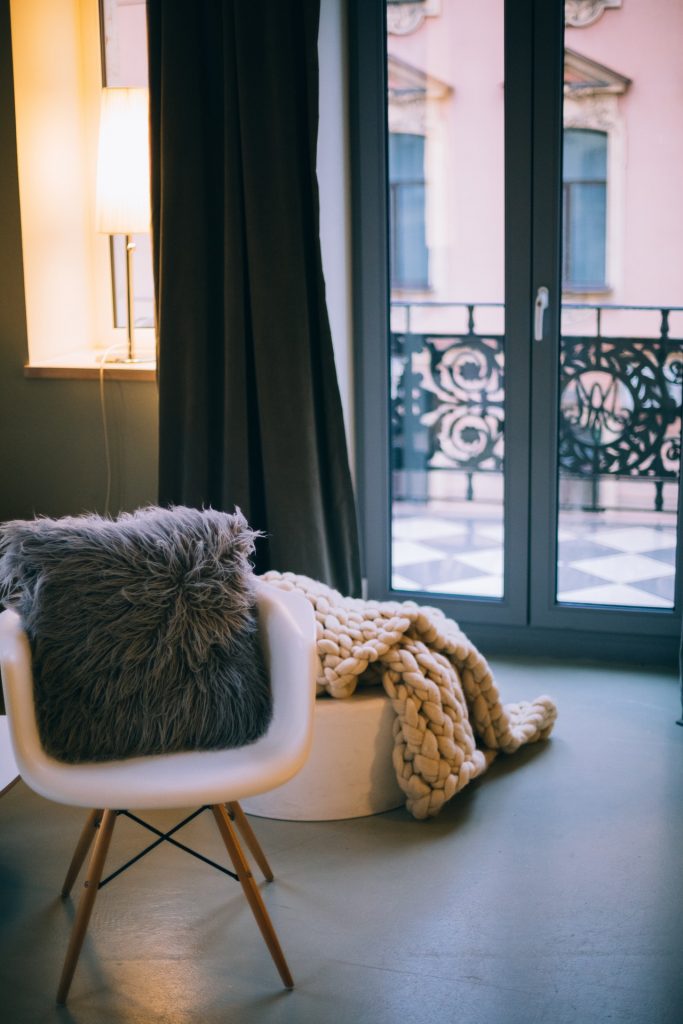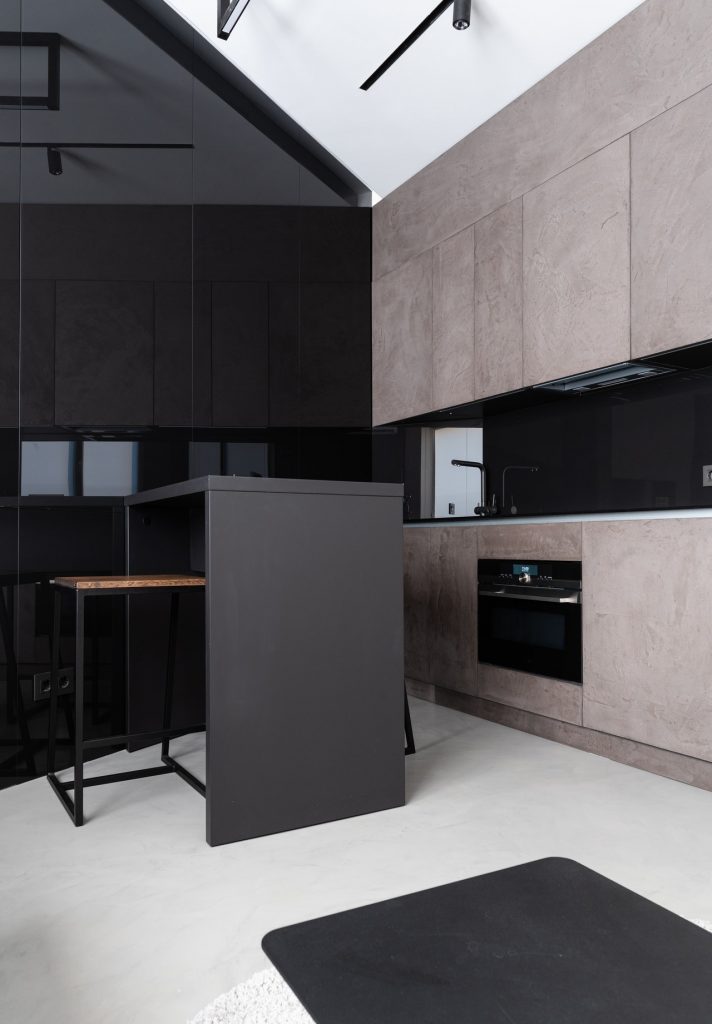Upgrading to Colored Concrete Today
Don’t hesitate to check out some of our services! If you have questions about the process, the color choices, or the price, let us know! You can get in touch with us through phone or email, and we’ll be happy to help you choose the best color treatment for your needs (and budget).










